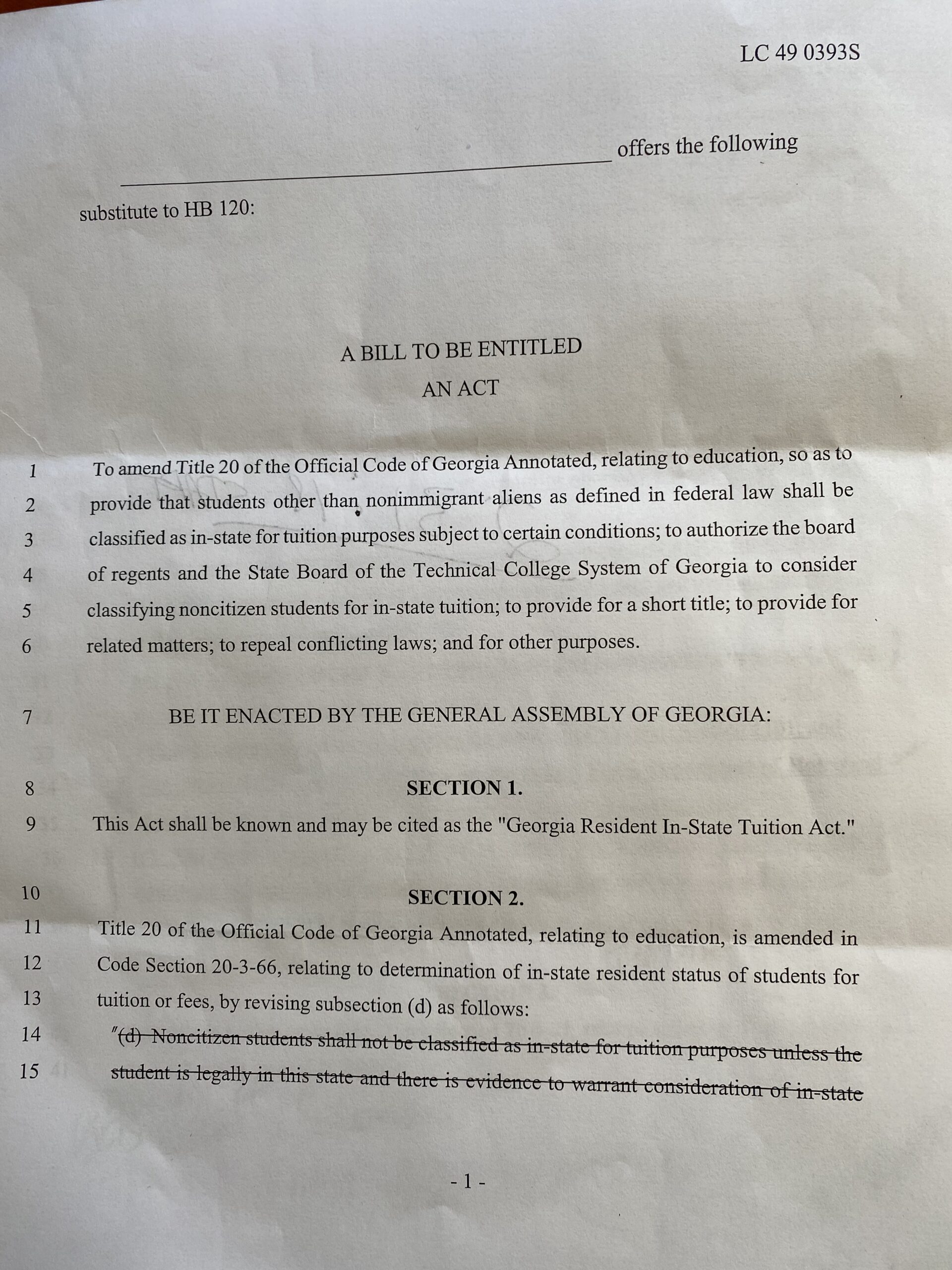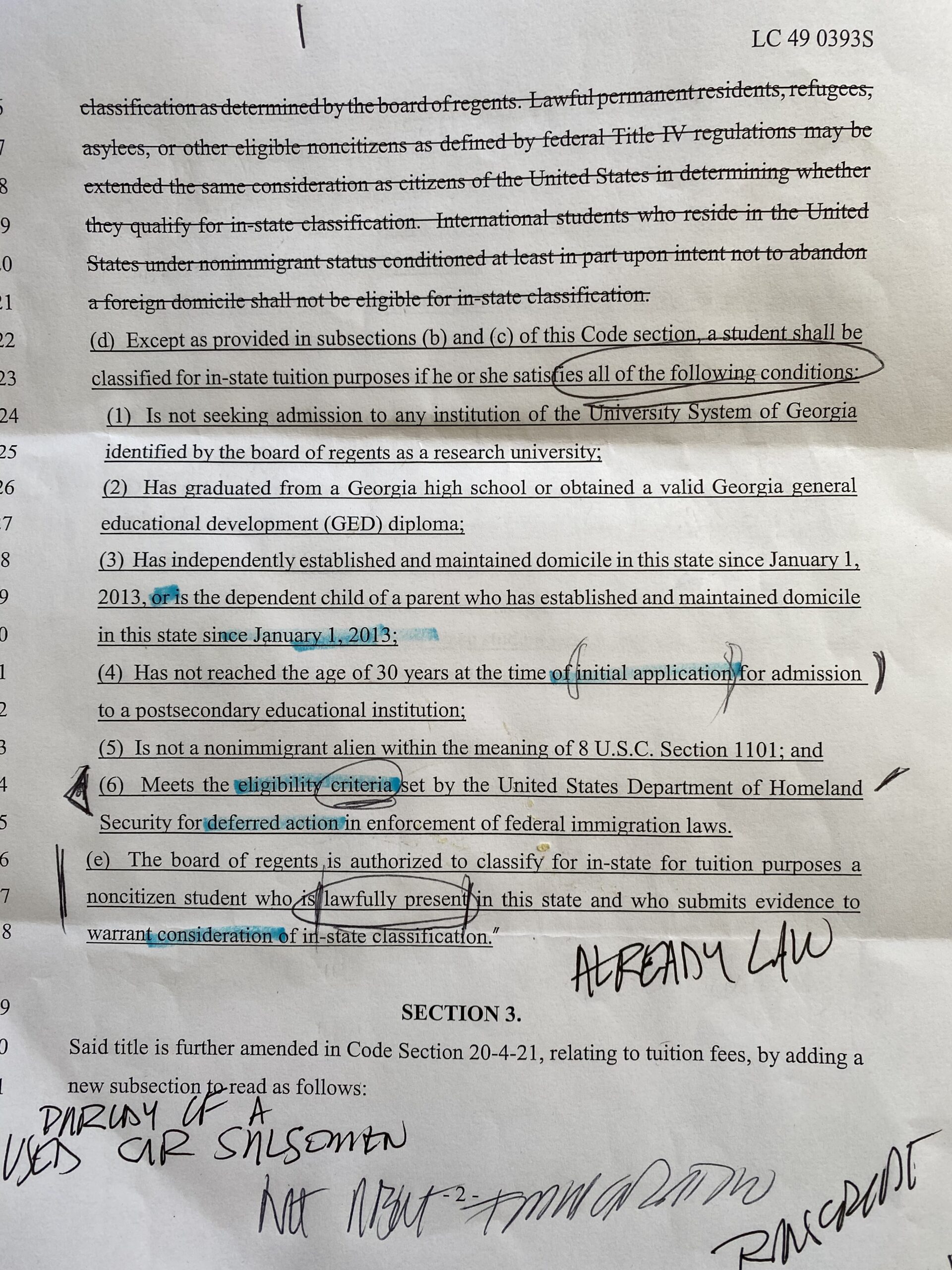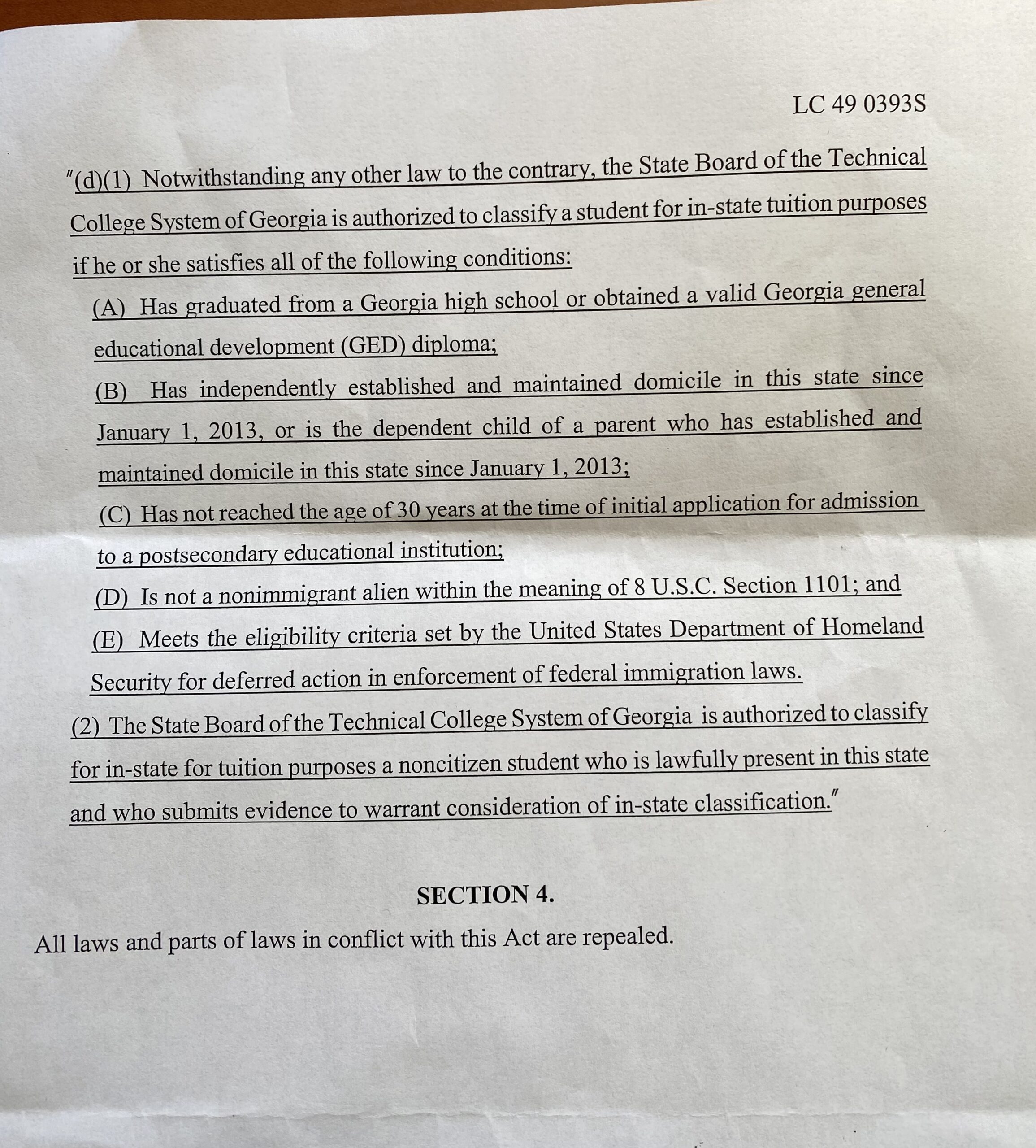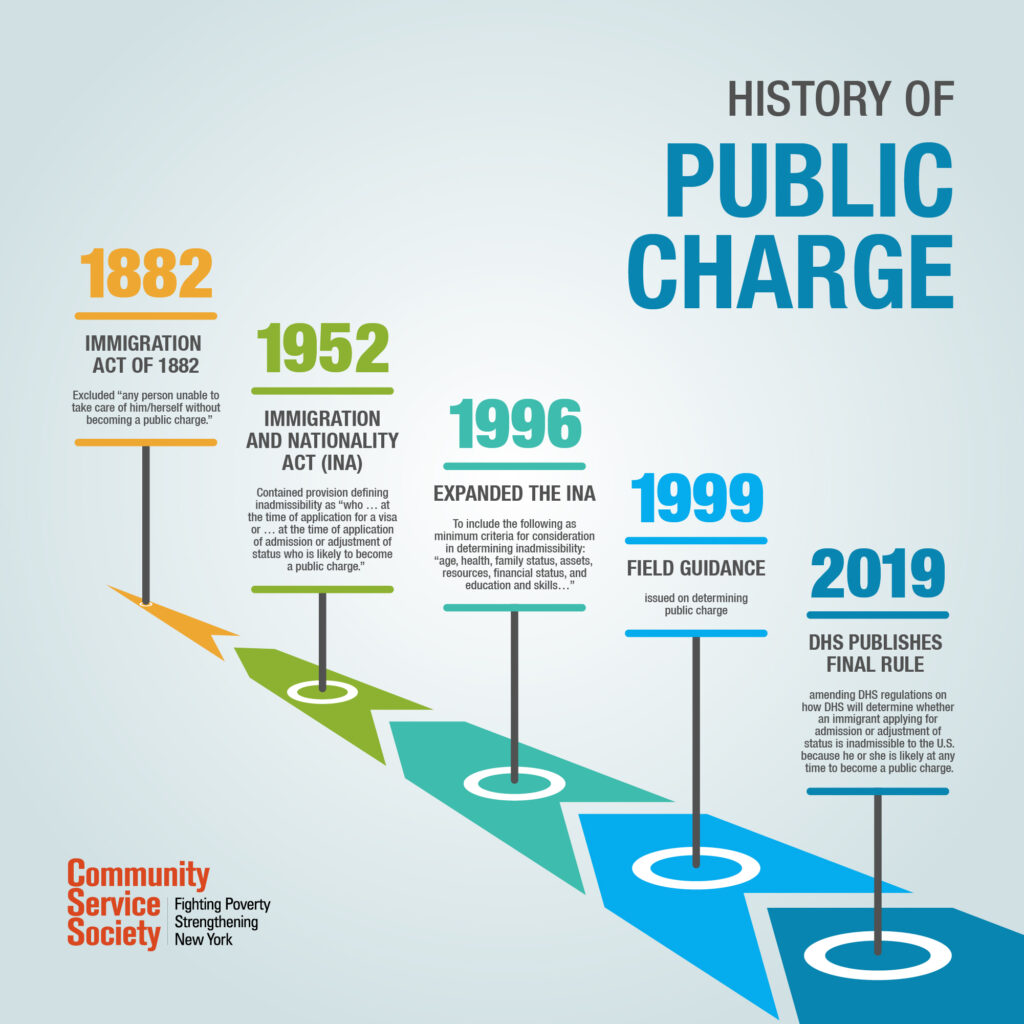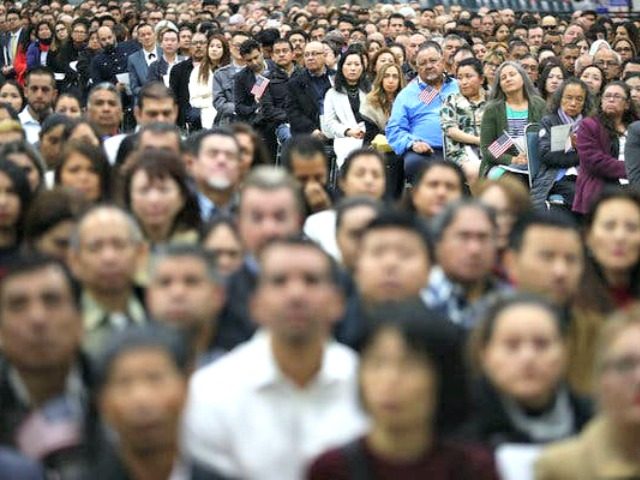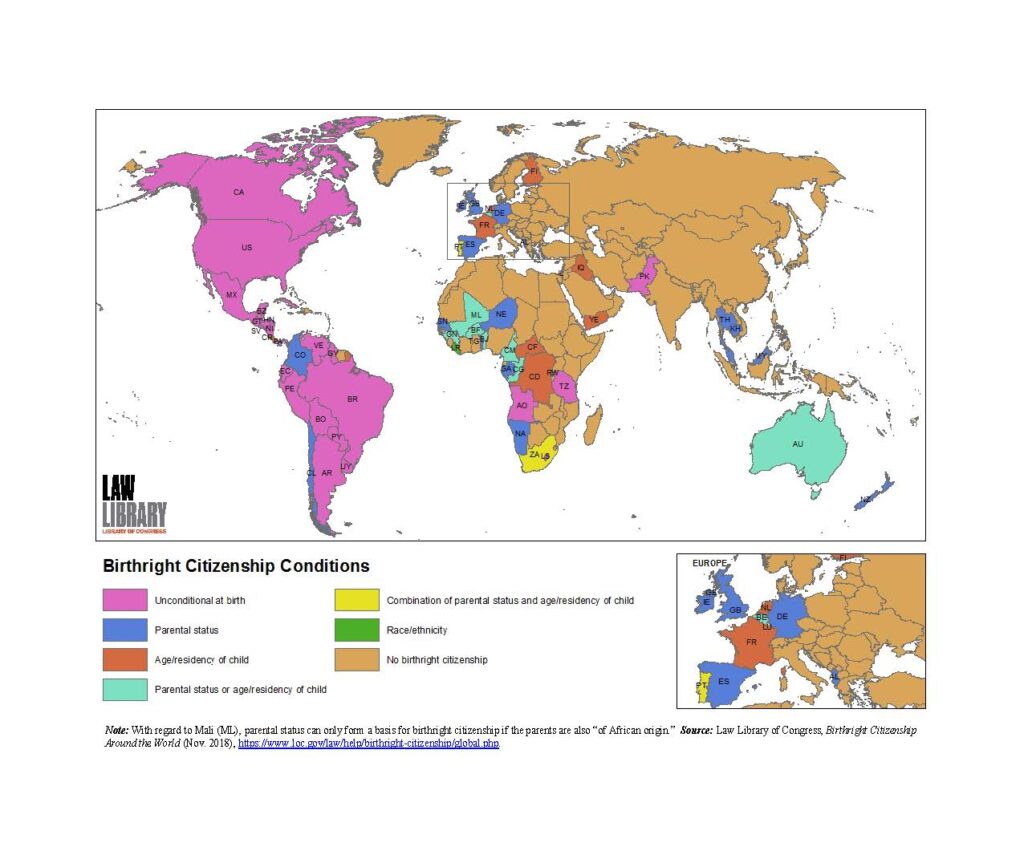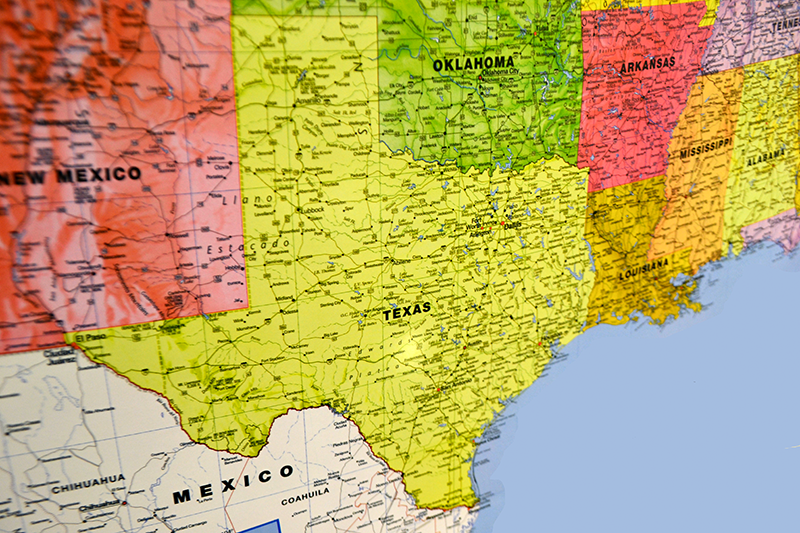National Push by a Local Immigration Activist: No G.O.P. Retreat

ATLANTA — He says the United States is filling up with immigrants who do not respect the law or the American way of life. He refers to Latino groups as “the tribalists,” saying they seek to impose a divisive ethnic agenda. Of his many adversaries, he says: “The illegal alien lobby never changes. It’s the Wall Street wing of the Republican Party joining forces with the Chamber of Commerce, the far left and the Democrats in an effort to expand cheap labor and increase voting for the Democratic Party.”
D. A. King, who quit his job as an insurance agent a decade ago to wage a full-time campaign against illegal immigration in Georgia, is one reason this state rivals Arizona for the toughest legal crackdown in the country. With his Southern manners and seersucker jackets, he works the halls of the gold-domed statehouse, familiar to all, polite and uncompromising.
Now, like other local activists around the country, he is looking beyond Georgia to stop the House of Representatives from following the Senate and passing legislation that would open a path to legal status for illegal immigrants.
As lawmakers return to their home districts for the August recess, advocates like Mr. King are joining forces with national groups that oppose legalization and favor reduced immigration for an all-out populist push.
“These local people live in the middle of these places, they know how to be effective in their districts,” said Roy Beck, executive director of one of the largest national groups, NumbersUSA, who is now holding regular strategy calls with Mr. King and more than 50 other state advocates.
The zeal of militants like Mr. King is a problem for the House speaker, John A. Boehner of Ohio, and other Republican leaders, who are hoping to steer their divided caucus to pass a House version of legislation to fix the broken immigration system, which could include legal status for those who lack it — though probably not citizenship.
Mr. King’s “respectful but firm” message for the speaker, he said in an interview, is that “any vote for legalization would be a matter of very great consequence for the people who voted for conservative congressmen from Georgia.”
Mr. King says his wrath grew slowly, beginning in the 1990s with a feud with Mexican neighbors who disrupted the quiet of his leafy street. In Mr. King’s account, they parked fleets of run-down vehicles on their lawn and at one point housed 22 people in a jerry-built warren of rental rooms in the basement.
He took the neighbor to court over code violations, and the conflict boiled for seven years until the family moved away.
A visit in 2004 to the Southwest border convinced Mr. King that the country was facing “what was easily described as an invasion.” Returning to Georgia, he made common cause with the struggling father of a teenage boy killed in a car accident by a reckless driver who was an illegal immigrant. He named his organization the Dustin Inman Society, after the boy.
The mistrust of Mr. Boehner among Mr. King and his allies deepened recently when the speaker rebuked an anti-amnesty hero, Representative Steve King, Republican of Iowa, for commenting that young immigrants here illegally had “calves the size of cantaloupes” from running drugs across the border.
Mr. King in Georgia said he sided squarely with the congressman of the same name, although he might have chosen a milder metaphor. He nonetheless spared little in his description of Senator Marco Rubio, the Florida Republican who was one of the authors of the Senate bill, calling him a “smarmy and dishonest” turncoat. During the Senate debate, Mr. King designed and paid for thousands of bumper stickers as well as three large billboards along a commuter highway near Atlanta.
“Help us stop RubiObama amnesty!” one big sign read, with President Obama’s name joined by his hallmark red-white-and-blue letter to that of Senator Rubio.
His billboards instructed drivers to call a senator from Georgia, Johnny Isakson. Mr. Isakson, who supported a comprehensive bill in 2007, voted against the Senate legislation this year.
In Georgia, Mr. King has not been afraid to take on many adversaries, including the farmers and growers, business organizations, labor unions and Latinos. A big-shouldered former Marine, he often shows up with his own placards at rallies called by his opponents — just to let them know he is watching.
“I was taught that we have an American culture to which immigrants will assimilate,” Mr. King said. “And I am incredibly resentful that’s not what’s happening anymore.”
Mr. King, 61, runs his one-man operation from the small guest room of his home on a tree-shaded cul-de-sac in the Atlanta suburb of Marietta, equipped with an aging desktop computer and a chair that he acknowledges “needs a new coat of duct tape.” He lives on small donations, and to keep it all going he spent down his savings, ran up his credit cards, refinanced his house three times and “sold the stock my grandmother left me.”
He is unmoved by the protests of Latino and immigrant groups that the Obama administration has already done more than enough enforcement, with more than 1.6 million deportations those groups say have sown fear in their neighborhoods.
Mr. King wants a lot more enforcement before the House does anything else on immigration. He sees the Senate bill as a scheme by Democrats to create legions of new government-dependent voters for their party. He feels certain House Republicans will ultimately reject it.
“The tribalists will not make any difference with any Republican who has enough sense to get on an airplane every Monday and fly to Washington,” Mr. King said.
In his recent meetings in the statehouse, Mr. King huddled with two Republicans, Senator Josh McKoon and Representative Edward Lindsey, who called in by phone. They laid plans for Republicans in the state legislature to send a letter to all the Georgia lawmakers in the House, urging them to focus on enforcement and avoid legalization.
Mr. King is joining a surge of activity among his allies that was spurred by the Senate vote in June. At NumbersUSA, Mr. Beck said, more than 400,000 people signed on to an e-mail list as the vote approached, expanding its followers to more than 1.6 million names. Mr. Beck said a recent conference call he convened with followers was joined by 58,770 people.
But Jerry Gonzalez, a Latino leader in Georgia who is one of Mr. King’s oldest rivals, pointed to new demographics that House lawmakers would have to consider. The number of registered Latino voters in the state grew to 184,000 in 2012 from 10,000 a decade earlier, with more than 200,000 legal immigrants eligible to become citizens.

